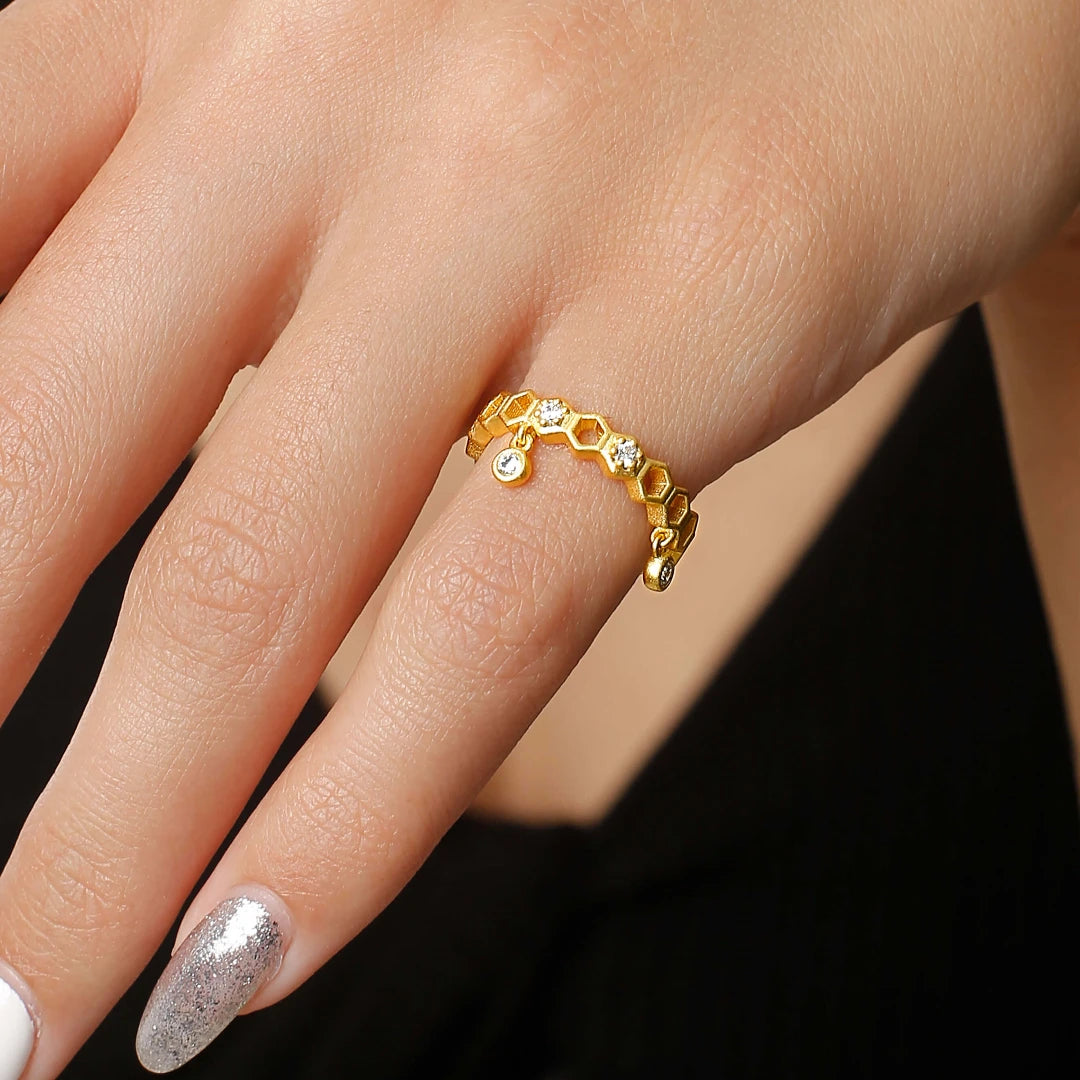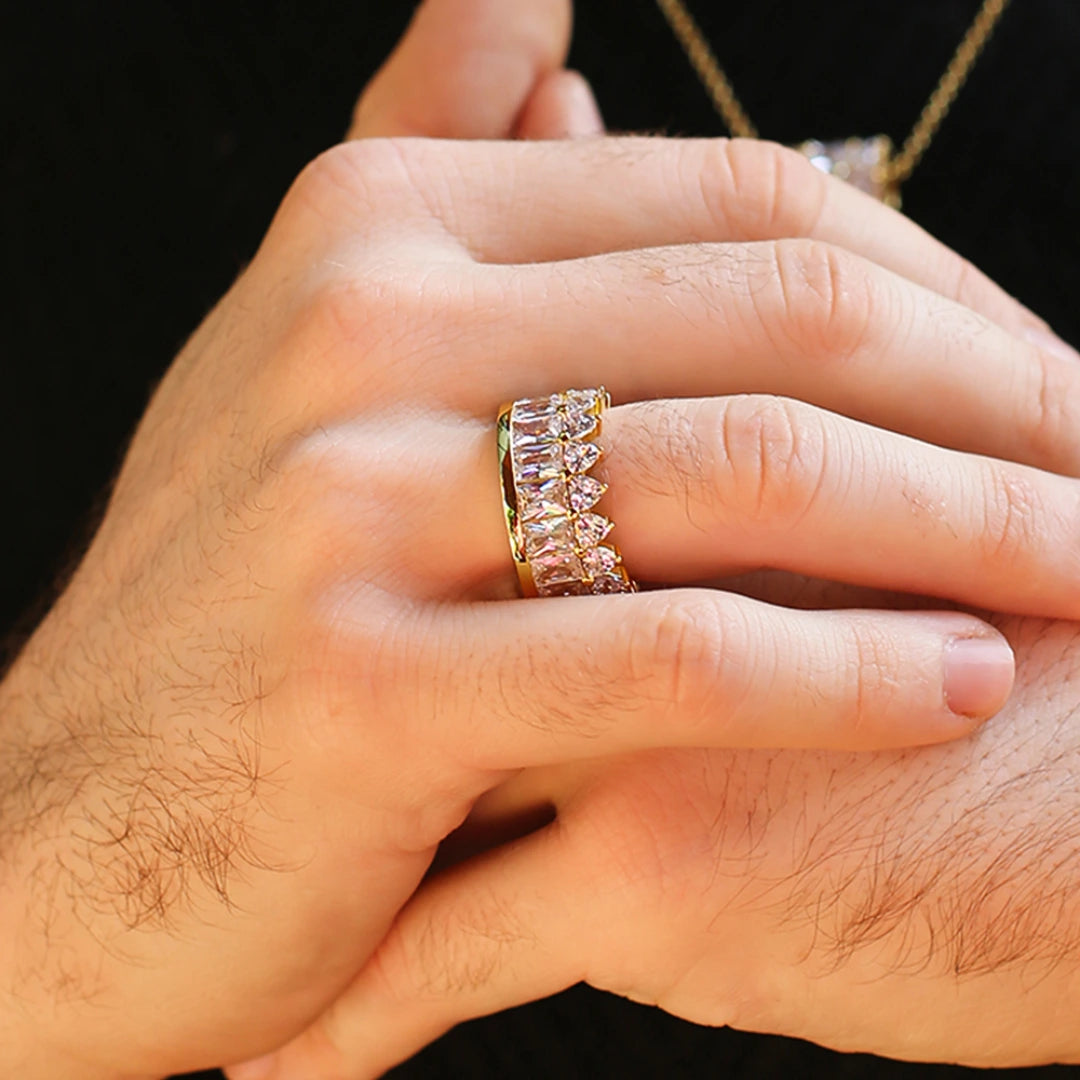- LAPIS PROPERTIES AND ORIGINS
- LAPIS HISTORY AND SYMBOLISM
- HOW TO SHOP FOR LAPIS JEWELRY
LAPIS PROPERTIES AND ORIGINS
Even though it’s made from deep beneath the earth, the stunning blue tones of lapis lazuli speak romantically of both sea and sky.
Blue sapphires are known as the “blue diamond of gems.” They have been prized for their beauty, power, and pigmentation since the time of Cleopatra.
It's rareness, coupled with its history and noble color, makes it valuable to its clients worldwide. Lapis lazuli, to the layman, offers a high degree of aesthetic beauty but, for the true aficionado, the stone tells a history spanning across the ages.
Evidence of lapis lazuli’s popularity among the ancient people of Mesopotamia, Persia, and Greece has been discovered by archaeologists.
Ancient Romans were obsessed with sex. They believed that the rock was an aphrodisiac, and they placed it in their beds so they would be able to get lucky every night.
In Egypt and Babylonia, lapis lazuli was thought to be a cure for melancholy and it was worn by high priests around their necks engraved with an image of the goddess of truth.
After Alexander the Great conquered the Middle East, he brought home a number of lapis stones, scarabs, and figures wrought in the stone, which became known as “ultramarine,” the name for the pigment derived from the name for the land beyond the Mediterranean Sea.
LAPIS HISTORY AND SYMBOLISM
For thousands of years, people have known that the stones have healing properties and have been revered for their power to bring about good things in life. The stones are connected to purity, mental health, luck, and nobility.
Lapis lazuli is one of the most precious and valuable materials, both in terms of its value and beauty, as well as being associated with self-confidence, openness, and inner tranquility.
Art was very important in the Renaissance, so the stone was ground into powder and mixed with binding agents to create the vivid colors and oils that were later used by the Old Masters of the Renaissance to create their famous watercolors and oils.
The gemstone is called a semiprecious stone because it contains a mixture of fourteen minerals. Its color comes from a combination of those minerals.
The most common form of lazurite is blue; however, the presence of calcite can lead to the formation of white streaks, while pyrite will produce golden streaks.
Although it’s rarely found today, lapis lazuli was once abundant throughout the world.
The deposits within the Chilean Andes have long been a source of lapis lazuli for centuries. It's estimated that almost half of the world's supply of lapis comes from the high yielding Flor de los Andes mine located near the city of Los Ángeles, about 3000 meters up into the Andes.

HOW TO SHOP FOR LAPIS JEWELRY
When shopping for lapis jewelry looks for stones with an indigo to royal blue hue. The best lapis stones are uniform in color, with no white matrix. The gold flecks should be attractive to the stone (too much pyrite can cause a green hue). Some more expensive stones have no visible pyrite at all, and are completely uniform in color. When you put on a piece of lapis jewelry, you are wearing a stone with true heritage and legacy.











































































































































































































































































































































































































































































































































































































































































































































































































































